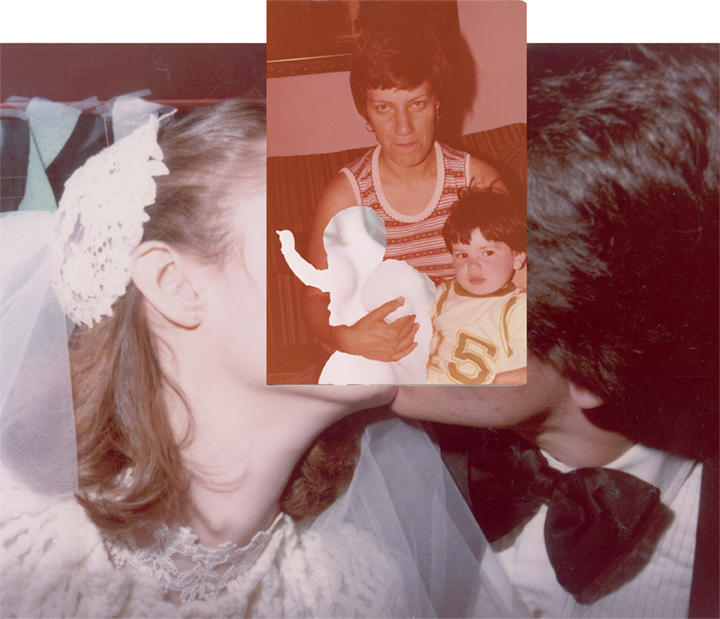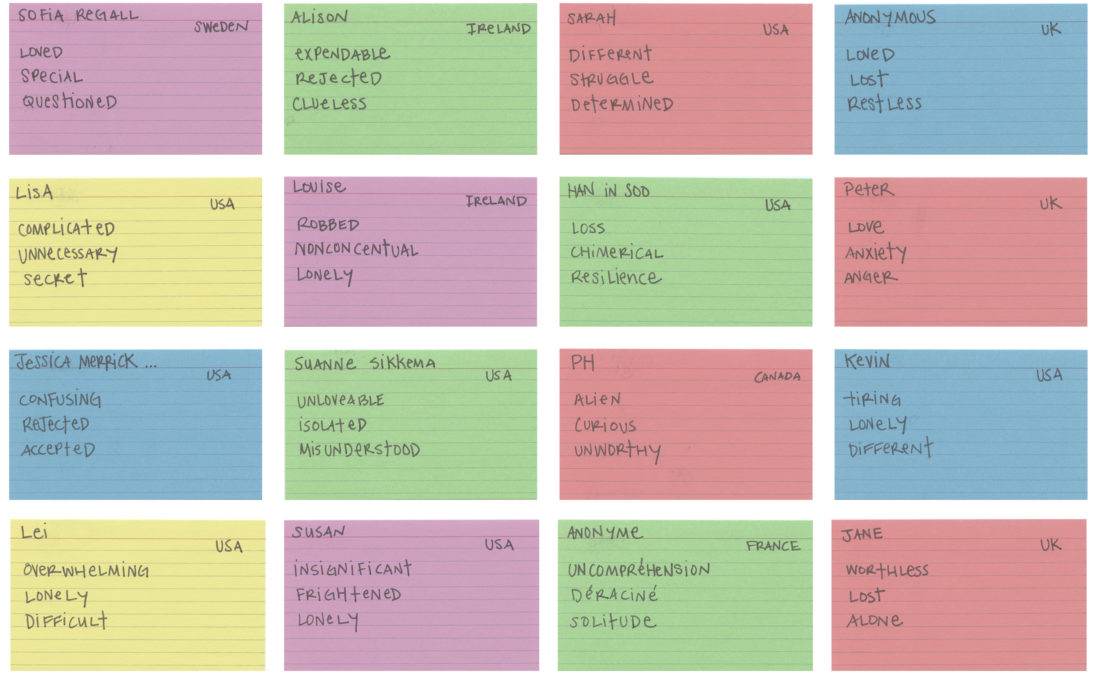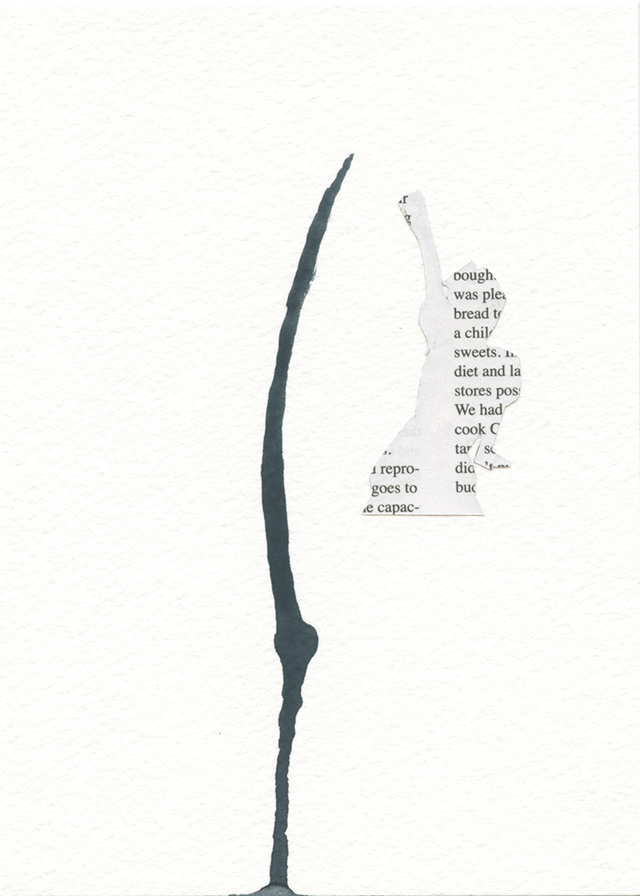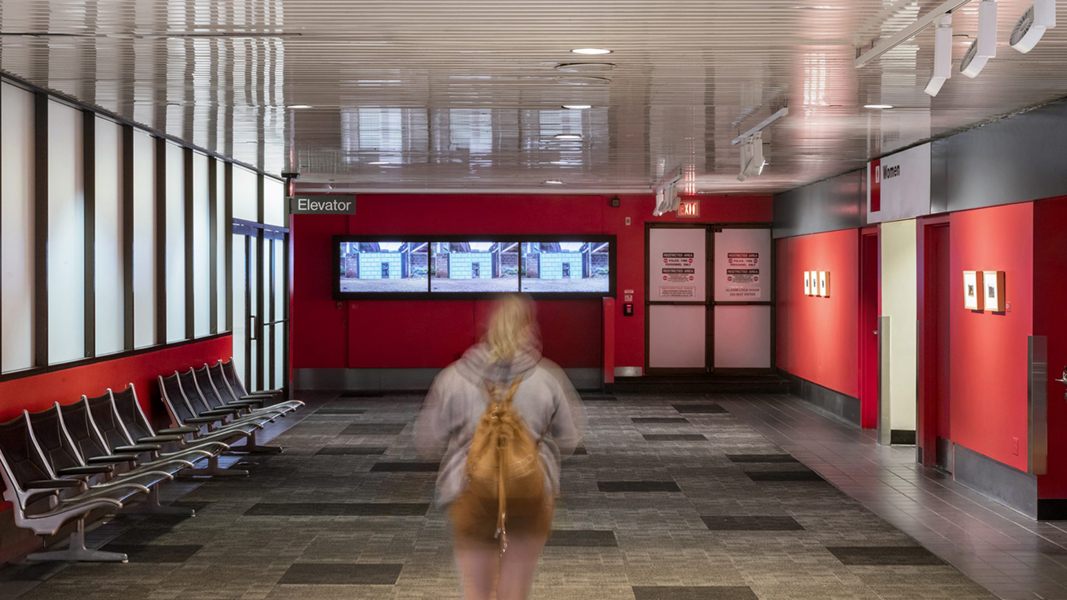In
grief (/ɡrēf/) noun: the acute pain that accompanies loss.
According to psychiatrist and visionary Elizabeth Kubler-Ross there are 5 stages of grief (denial, anger, bargaining, depression, and acceptance) –– she coined these in her influential book On Death and Dying, published in 1969. Kubler-Ross developed these stages to describe the process patients go through as they come to terms with their terminal illnesses, but now these terms are what people often think of when they lose a loved one.
What happens when you lose a loved one when you are too young to talk, or too young to remember? In his seminal book The Body Keeps the Score: Brain, Mind, and Body in the Healing of Trauma, Bessel van der Kolk explores and explains the inextricable dialogue between the physical body and the psycho-emotional interior landscape. It is in combining these two ideas: of how to experience loss and how our body holds telltale signs of our experiences of loss and trauma that I explored how the ambiguous loss of being separated from your biological family (as an infant, as a small child) becomes disenfranchised grief. I suggest that for adopted people There are more than 5 stages of Grief, and, like the stages developed by Kubler-Ross, adopted people experience these stages many times over and in an order unique to each person and unique to each time they are experienced.
Sadly, our society does not recognize the relinquishment of a child as a loss for the adoptee, but rather as a gain: the adoptee gains a family and the adoptive parents gain a child. Our ambiguous loss––a loss that occurs without closure or clear understanding––is real, and we, the adoptees, have been gaslit by a society that tells us we are ungrateful if we feel anything but love and appreciation around our adoption, because we were “saved.”
When people––children, adolescents, adults––are not allowed to grieve, blocked by an adult or a friend or a teacher or … society, the grief may embody the mind and body as feeling empty, “acting out,” withdrawing, uncontrollable crying, anxiety, an unreasonable reaction to a reasonable request, etc.
There are more than 5 stages of Grief explores my own disenfranchised grief.









